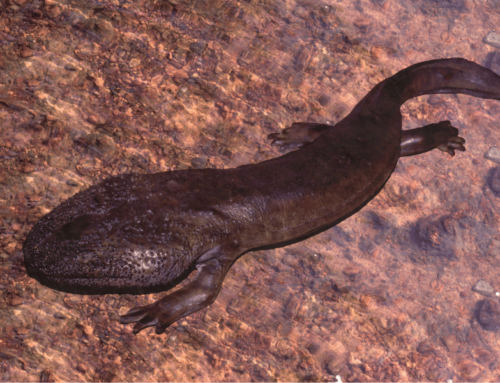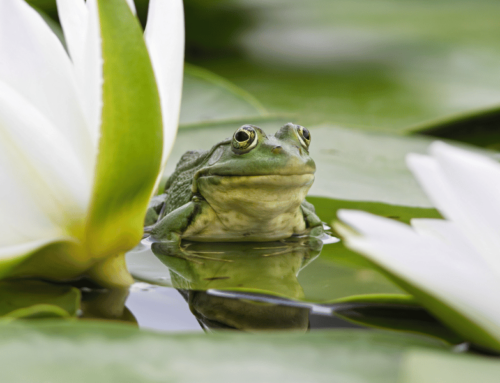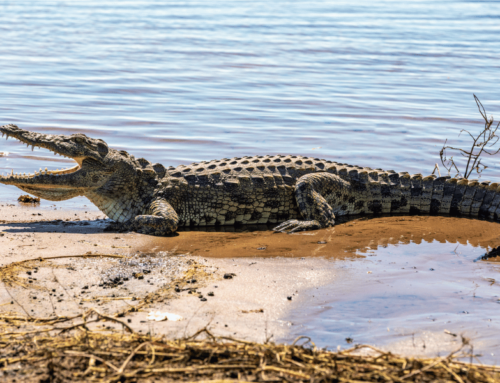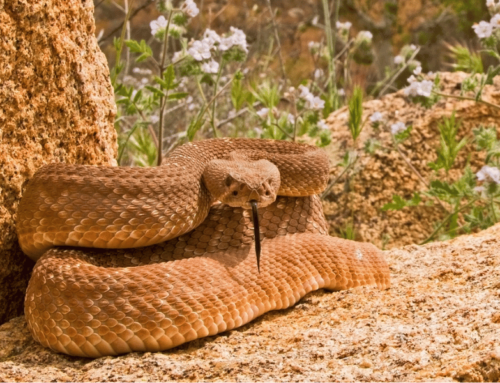Finding reptiles and amphibians in the summer can present many challenges and rewards. This is the season where many reptile and amphibian species are their most active and finding them can be easier than in other seasons. Many species will brumate during the winter and not move at all unless absolutely necessary. This is why finding the right herping gear is essential.
This article is all about herping gear for the summer.
1. Proper Footwear
Getting the proper footwear is essential for herping gear. Not getting the proper footwear can result in increased difficulty getting around.
If you’re planning on exploring mountainous regions, get a good pair of hiking boots. The rougher the terrain is, the more you should invest in a sturdier pair of boots with thicker materials. Many claim that high-top boots will provide better ankle support, but there’s currently limited evidence of this claim.
Even if you are not planning on wading into the water, you should still consider buying waterproof boots, in case the opportunity arises.
2. Snake Hook
If you have any intention on interacting with a venomous snake or a snake which you can’t identify, then you’re going to need a snake hook. It’s the only safe way to interact with a venomous snake. Please do not think that you are fast enough that you can touch or grab a snake and it won’t bite you. Don’t take any risks by not using one. Longer hooks are better for obvious reasons.
If you don’t have much experience with using snake hooks at all, I would suggest not interacting with snakes other than observing and taking photos.
3. Disposable Gloves
Gloves are an important piece of herping gear when out in the field. One of the main reasons to get gloves is you can handle amphibians without hurting them. Amphibians absorb chemicals through their skin and your hands usually contain oils and chemicals that are toxic to amphibians. I suggest using nitrile or vinyl gloves. Latex gloves should be avoided as they can be toxic.
Using gloves when handling amphibians not only protects the animal but can protect you as well. Some species of amphibians, like poison dart frogs, have a toxic coating. It’s best for both of you to have protection from each other.
Whichever gloves you decide to go with, I suggest rinsing the gloves off in purified water to keep the amphibians safer. Carry around a little bit more water than you think you need in case there are more amphibians you want to handle than anticipated.
Note: Tadpoles shouldn’t be handled as they are more sensitive to be handled, even with gloves.
4. Binoculars
Much like the average birdwatcher, having binoculars is essential herping gear for any summer adventure. Getting a good look at a reptile from afar can make it easier to observe animals without scaring them off. Spotting a reptile can be easier as well due to so many reptiles and amphibians having some degree of camouflage. These animals can be easily overlooked from further distances but discerning them with binoculars will prove easier.
5. Hydration Water Pack, Hip Pack or Backpack
Always bring a little bit more water than you think you need, especially since we’re moving into the summer months. More water can also be useful for rinsing things off when you’ve finished your trip.
How you want to carry your water around is down to your personal preferences. One option is to use water bottles but keep in mind you’ll probably want to have a bottle holder somewhere on you so that you can have both your hands free.
Another option is to buy a hydration backpack, which for some is much more convenient as they are designed with a drink tube that is easily accessible on your shoulder. Large hydration backpacks can also carry other gear or store clothing as you heat up in the day or cool down in the evening. Backpacks can feel more secure as you can tighten the straps across your chest and hips.
Using a hydration hip pack has its own advantages. One being that it’ll be easier to avoid getting a sweaty back during the hot summer months. Although they aren’t typically as big as hydration backpacks, hip packs can also hold gear too and are more accessible than getting things from your backpack.
You can also use a regular backpack that has a bottle holder on its side. This can work but it’s the least convenient option. Regular backpacks are best if you have a lot of gear that you want to carry but don’t need convenient access to.
Whatever you decide to go with, make sure that it is big enough to carry other items you want to bring along. If you’re going to be out for a while, it’ll be important to make sure to bring snacks too. I usually bring hand sanitizer as well to clean my hands before eating.

6. A Good Camera
This one is more optional as many people can take decent pictures with their cell phones. However, if you want higher quality photos to share on social media or with family and friends, there are lots of good cameras that can be purchased on a budget. All of the major camera companies have good options for you to buy under $350.
Nowadays, you can take good shots with a cheap point-and-shoot camera. Thankfully, reptiles and amphibians are often not the most active animals around. Taking a good picture of a toad or lizard will prove easier than most birds.
7. A Wide-Brimmed Hat
Even on days when it doesn’t feel that hot, the sun can still feel intense on your face during mid-day. Buy yourself a wide-brimmed hat that will keep the sun off of you.
Sunblock works at blocking UV light but it’s not a guarantee unless you decide to put on a thick layer. Reports have shown that most people don’t wear sufficient sunscreen to completely block UV radiation. Although sunscreen is indispensable for keeping you safe from sunburns and premature aging, wearing the hat will add an additional layer to keeping you safe from the sun.
8. Field Guides/Apps
When you encounter an animal you’ve never seen, you’ll immediately want to identify it. If you are new to herping or you are herping in an area that is completely new to you, a field guide to local reptiles and amphibians can be really useful. You can find extensive guides in a bookstore or online. For smaller pamphlets with local species only, try visitor centers to parks or other outdoor areas.
Instead of physical media, you can use apps for identification of reptiles and amphibians instead. iNaturalist is the most widely used app for identifying animals.
9. Sunglasses
Protecting your eyes from the sun is important. Not only does a good pair of sunglasses make it easier to see during a bright summer day, then will protect your eyes from UV light. Not wearing sunglasses will lead to damage to your cornea and retina. It will cause premature damage to your sight. This is why you need to verify that your sunglasses actually block UV light. Before buying, check for complete UVA and UVB light blocking.
Reducing glare is another aspect to keep in mind when choosing sunglasses. Make sure that your pair is labelled as “polarized” before buying.
Don’t be fooled by a pair that simply looks dark. Make sure that it has both UVA/UVB protection and is polarized.
10. Sunscreen
This one is obvious. Not protecting your skin from the sun can result in premature skin aging, sunburn and an increased risk of skin cancer. Skin cancer isn’t a rare form of disease. Currently, around 1 in 5 Americans can expect to get skin cancer at some point in their life. So, don’t forget to protect your skin.
Today, high quality sunscreen is widely available. Ensure that your sunscreen is labelled “broad spectrum.” If it doesn’t have this, it doesn’t block either UVA or UVB. Both will damage your skin and can cause cancer.
For the ‘Sun Protection Factor,’ make sure your sunscreen is rated as SPF 30 or higher.
Keep in mind that even the best sunscreens don’t last all day. Reapply your sunscreen at least every two hours.
11. Bug Repellant
A lot of the best herping areas, like wetlands, will have high amounts of bugs. There’s nothing that can ruin your herping trip faster than forgetting your bug spray and getting bitten by mosquitoes. The only thing worse, is getting bitten by a tick and getting lyme disease.
Being outdoors will require protection using high quality bug repellent. Buy a product with the chemical DEET, which is proven to keep insects away. The concentration of DEET can determine how long you can go without reapplication but higher concentrations may be more irritating to your skin.
Picaridin can work as an alternative to DEET. There are claims that it’s better for personal health and more environmentally friendly.
Don’t spray your face directly from the can. Instead, spray your hands and then apply it to your face. Always remember to look at the directions for your bug spray as well.
Although it seems convenient, avoid buying products that mix insect repellent and sunscreen together. The effectiveness of both becomes reduced. Instead, have two separate products. Apply the sunscreen first, and the bug spray second.
Conclusion:
Getting the right herping gear for this summer is important to make sure that your herping experience goes as smoothly as possible. Besides getting all the right gear, make sure that you put safety above everything else. Don’t handle animals that you aren’t completely sure aren’t venomous or poisonous.





